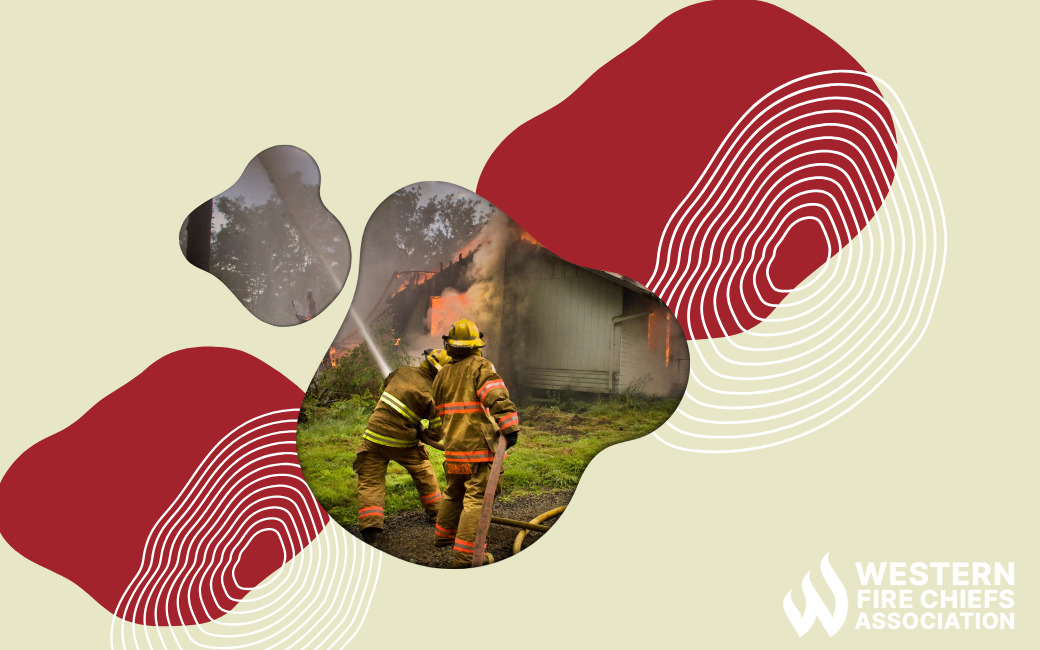Fire Pit Safety Tips
Stay safe around the campfire with tips from the Western Fire Chiefs Association. Learn essential precautions and practices for a worry-free outdoor campfire.
Discover how you can make a difference and become a volunteer firefighter. Learn about the process, training, and ways to join the frontlines with guidance from the WFCA.
Published:September 12, 2023
Edited:March 1, 2024

Discover how you can make a difference and become a volunteer firefighter. Learn about the process, training, and ways to join the frontlines with guidance from the WFCA.
Volunteer firefighters represent 69% of the U.S. fire service and provide crucial support and assistance in responding to emergencies and protecting communities.1 Volunteers help augment the capabilities of the fire department by offering their time, skills, and dedication without expecting financial compensation. Volunteer firefighters play a vital role in ensuring a prompt and effective response to fires, accidents, and other emergencies, especially in areas where resources may be limited. Their commitment and willingness to serve help save lives, protect property, and enhance public safety.2
Volunteer firefighters are often members of the communities they serve, making the slogan “neighbors helping neighbors” a common and fitting motto for many volunteer fire departments.3 It’s common for volunteer firefighters to have diverse backgrounds. They may include retired firefighters, individuals with daytime jobs, or even those seeking to gain experience to become a career firefighter. Volunteers are expected to have the same knowledge and training as a career firefighter and typically work out of volunteer fire stations and respond to both structure fires and wildland fires, as well as medical emergencies.4
Obtaining your red card, also known as the Incident Qualification Card (IQC), for wildland firefighting entails completing a combination of classroom training, field exercise, and a physical fitness test. Follow this guide to get started in earning your red card:
Once you have completed the training and meet all the requirements, you can apply for your red card. The red card certifies that you are qualified and prepared to fight wildland fires. In order to keep your red card current, yearly training is required. Remember to check with your local fire department or forestry agency for specific requirements and any additional steps needed in your area.5
To become a volunteer firefighter at a fire station, first consider the commitment of being a volunteer firefighter. Once you are confident you have the time and ability for the demands of the job follow these steps:
Remember, each fire department may have its own set of requirements, so it’s important to reach out to your local fire department for the most accurate and up-to-date information.6
Stay safe around the campfire with tips from the Western Fire Chiefs Association. Learn essential precautions and practices for a worry-free outdoor campfire.
Discover essential firework safety tips to ensure a dazzling display without accidents. Learn how to celebrate responsibly with expert guidance from WFCA.
Explore the role of AI in wildfire prediction with guidance from the WFCA. Learn how advanced algorithms and data analytics enhance early detection and response.